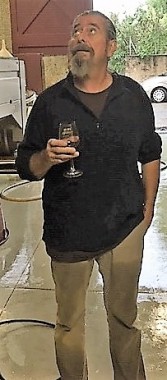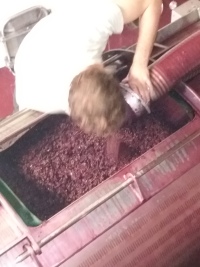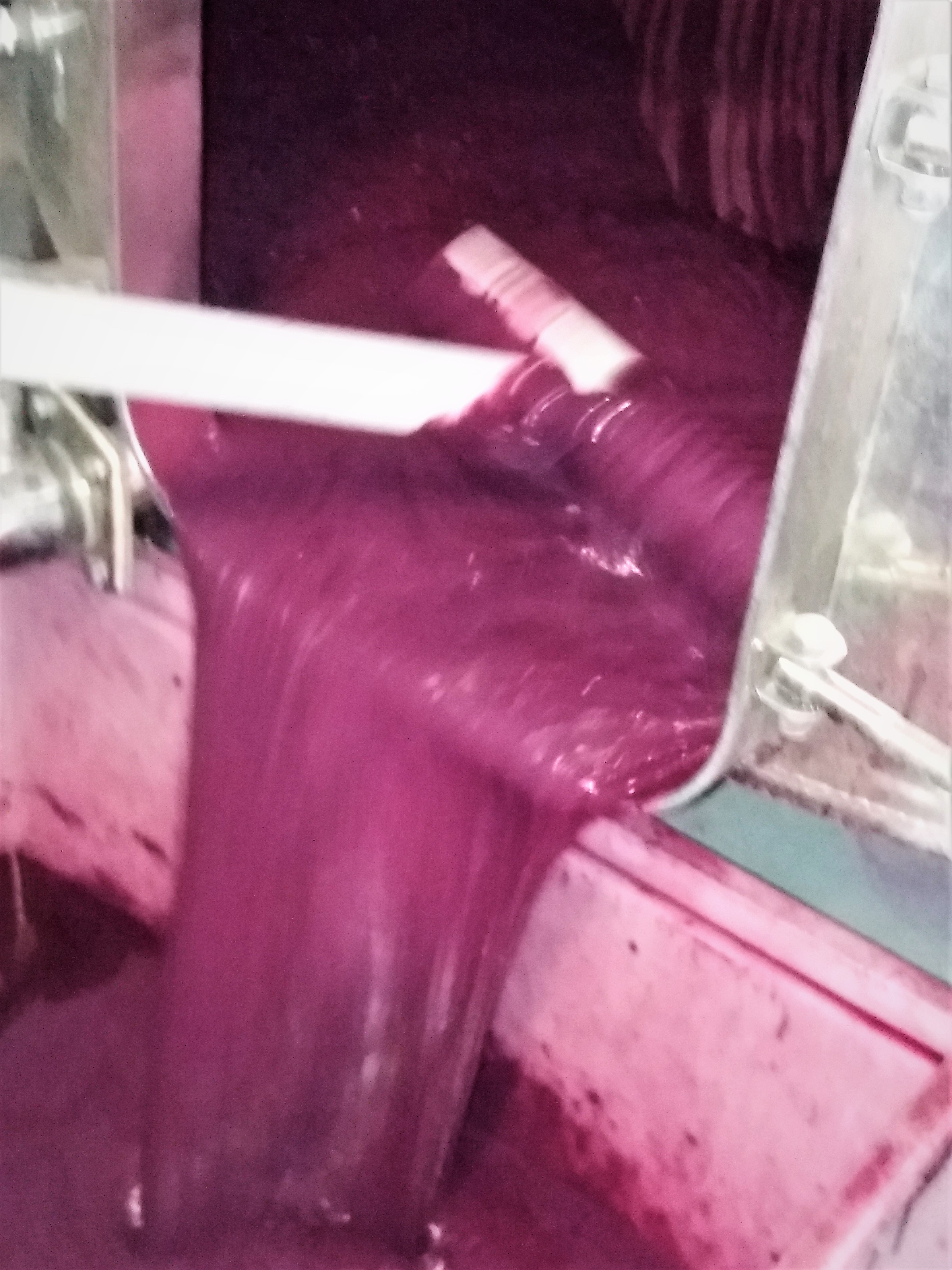1. Dynamic Vines
The Rule of Three is a principle that suggests things that come in threes are inherently more satisfying and effective than other numbers of things. Well, in the last few weeks I have enjoyed three very good wine tasting events, time to share some thoughts and findings as well as recommendations and one very surprising outcome for me.
Tasting #1 was in Bermondsey, London and run by the excellent wine company Dynamic Vines, specialising in biodynamic and organic producers. I encountered Jean Christophe one of the Dynamic team at a tasting in Newcastle last August and it was good to meet up with him again. (Also very pleasing to hear that Soaked will be repeated this year).


Unsurprisingly some of the wines I really enjoyed at Soaked were still amongst my favourites here; Cosse, Radikon, Béru and Le Puy. The Blaye wines of Matthieu Cosse are very good indeed and reasonably priced too, the white has beautiful aromatics and full flavours whilst the red is even better with full fruits lifting the Bordeaux backbone. Radikon‘s skin contact wines are, unfortunately, becoming very pricey but the level of consistency across the range is admirable and the entry wine Slatnik is fresh and complex whilst a 2009 example of Ribolla was delicious and shows the potential for ageing these excellent wines. The Chablis wines of Chateau de Béru are exemplary, clean, steely Burgundy Chardonnay with the characteristic minerality but fruit too. Again, like all Burgundy, the prices are climbing fast. I chose Le Puy‘s ‘Emilien’ as my wine of the year after Soaked, it’s still lovely. However, they were put in their place by the Merlot Barthélemy wines of 2020 and 2014, deep and full but £150+.


Another Bordeaux producer, Ormiale, showed some excellent wines. Made by hand (even de-stemming) and with very low yields all the wines were lovely including a red sparkling wine. My favourites were the Malbec ‘Mialbec 22’ fresh with deep plummy fruit and the outstanding Merlot/Cabernet Franc blend ‘Borto 19’ the name suggesting its port like flavours, full, fruity and powerful.
One of my favourite wine regions is Jurancon in the South West of France. I am heading there soon, very exciting. Two new (to me) estates were on show here and I thought the wines of both were excellent. Both of the 2021 dry wines of Domaine De Souche were lovely, the Petit Manseng and Gros Manseng grapes offering the freshness I like but with apple and pear fruit and hints of sweetness whilst remaining clean and dry. Clos Larrouyat wines showed nice citrussy fruit (especially ‘Météore 21), acidity as well as salinity and texture in the ‘Comète 21’. The moelleux ‘Phoenix’ was very good, the sweetness balanced by fresh acidity.


To the Loire (another region I am visiting soon). The Chenin Blanc of La Grange Tiphaine‘s Montlouis was very good but I particularly enjoyed the wines of Les Terres Blanches. The PetNat was persistent and very good, the Chenin Blanc ‘Les Trois Poiriers’ beautifully balanced between freshness, rich fruit and full of lingering apple and white fruit notes. The ‘Gamay de Bouze’ (a rare type of Gamay) had nice spice and crunchy red fruit. The two Cabernet Franc wines stunned me, I’ve not been a fan of the grape but the rich fruit and spice were lovely, ‘Les Hautes Bruyères’ 20 aged in barriques for 30 months was my wine of the day. How was that possible? Cabernet Franc, barriques – not me at all but….



I had heard a lot about the Spumantes of AA Divella which are bringing Italian sparkling wines into the spotlight. Made in the champagne method and using Chardonnay and Pinot Noir they can easily stand comparison with the French region. Freshness, fruit and concentration abounded in all the wines the 2019 Blanc De Noirs in particular was aromatic and rich whilst fresh and clean – very well made. I also liked the wines of Tuscan estate Ampeleia as usual, best of all being the bottle of the same name, ‘Ampeleia 19’. Deep, rich fruits and freshness and made from….. Cabernet Franc. Again!


There were other Italian and Spanish wineries represented, unfortunately I couldn’t get round them all in time. However, I liked a lot the Albarino wines from both Forjas Del Salnes and Rodrigo Mendez, especially the Rias Baixas ‘Salvora 19’ of the latter made from 115 year old vines with incredible depth of both fruit and minerality – very intense yet pleasurable too. Finally, a Swiss producer La Maison Carrée, one of the few I have encountered. The ‘Auvernier Chasselas 22’ and ‘Auvernier Pinot Noir 21’ wines were very good, sadly the prices are high, rarity costs.


This was a gathering of some exceptional producers and some outstanding wines. I wish I had the time to explore other wineries and write about some of the other producers I did visit. However, these wines come with my full recommendation. Dynamic indeed.
Now, what is going on with this newfound appreciation of Cabernet Franc????



































































